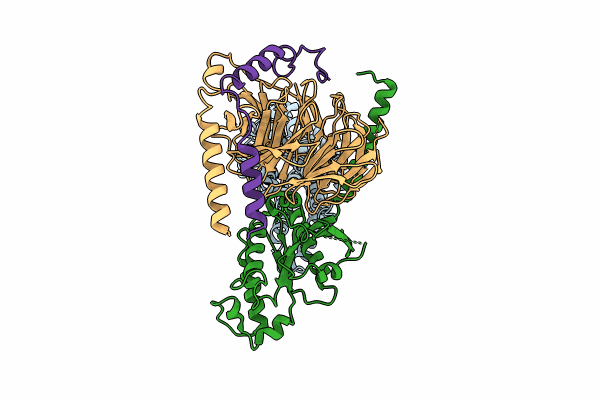
Deposition Date
2023-10-08
Release Date
2024-09-11
Last Version Date
2025-06-25
Entry Detail
PDB ID:
8WP1
Keywords:
Title:
Cryo-EM structure of SUCR1 in complex with cis-epoxysuccinic acid and Gi proteins
Biological Source:
Source Organism:
Homo sapiens (Taxon ID: 9606)
Host Organism:
Method Details:
Experimental Method:
Resolution:
3.15 Å
Aggregation State:
PARTICLE
Reconstruction Method:
SINGLE PARTICLE


